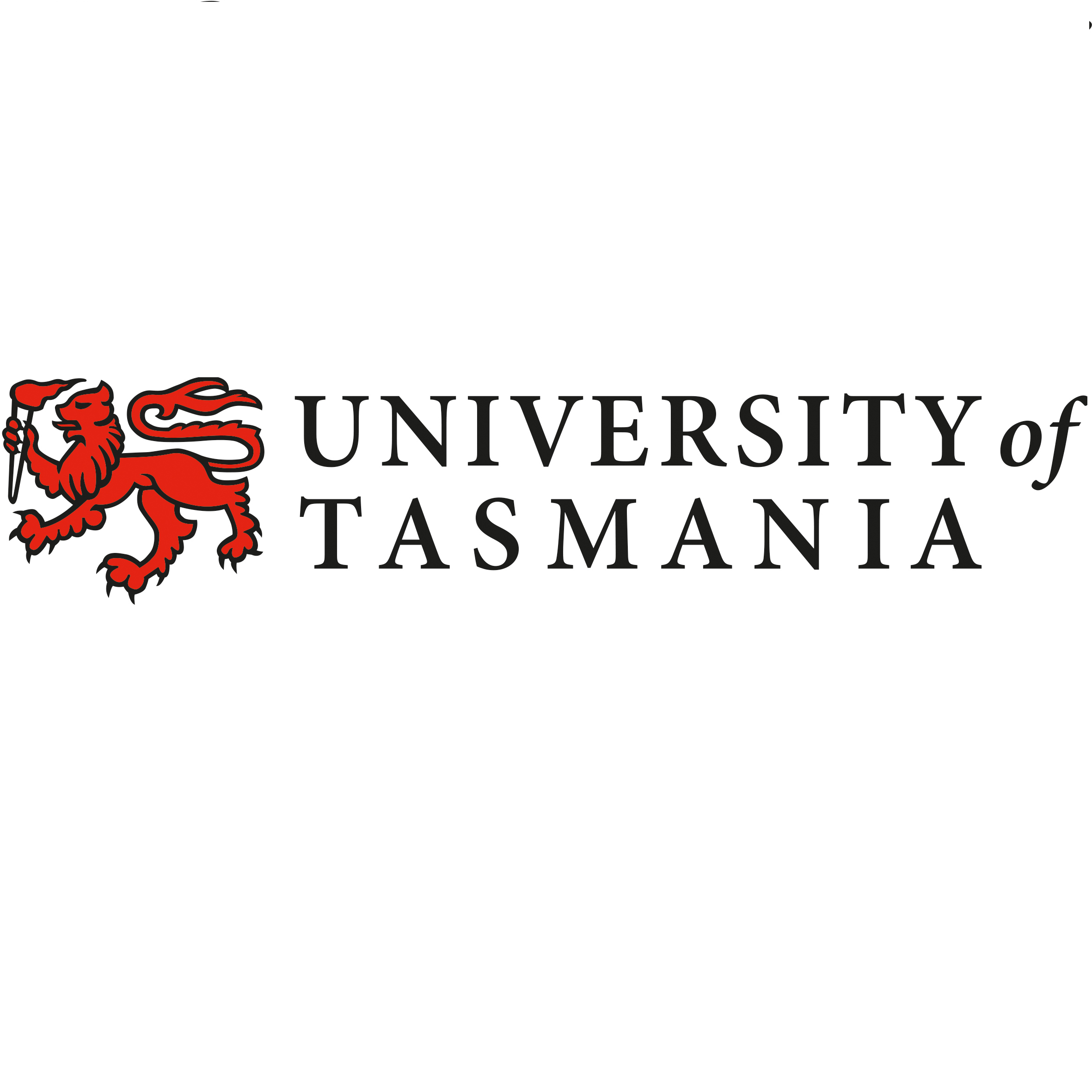Brief description
Mesozooplankton community composition and structure were examined throughout the D’Entrecasteaux Channel, Huon Estuary and North West Bay, Tasmania. The data represented by this record was collected as part of a grazing study conducted in North West Bay (1-2 October, 2006). The grazing impacts of microzooplankton and mesoplankton on the phytoplankton communities were examined during several process studies. Experiments with mesozooplankton grazers were restricted to dominant omnivorous copepods (e.g. Acartia tranteri, Paracalanus indicus, Centropages australiensis) cladocerans and appendicularians. Grazing rates of microzooplankton reached as high as 96% of daily primary production, while that of mesozooplankton herbivours was never greater than 20%. Trophic interactions between the species are complicated by the recent arrival of the heterotrophic dinoflagellate Noctiluca scintillans to the region. This species grazes heavily on phytoplankton, smaller zooplankton and faecal pellets. Noctiluca scintillans accounted for up to 20% of mesozooplankton abundance in autumn and it is capable of both suppressing zooplankton abundance and reducing the sedimentation of faecal pellets to the seafloor.Lineage
Maintenance and Update Frequency: notPlannedNotes
CreditAquafin CRC
As part of the FRDC project entitled A whole-of-ecosystem assessment of environmental issues for salmonid aquaculture (FRDC number 2004/074; Aquafin CRC project number 4.2(2)), studies of mesozooplankton were initiated in 2004 when it was recognised that they play a critical role in the fate of nutrient cycling within the pelagic environment. The inclusion of zooplankton into the Aquafin CRC study began during Phase 2, with the commencement of regular sampling for mesozooplankton in October 2004 and grazing studies in September 2005. Few studies have examined the distribution of mesozooplankton in temperate Australian estuaries, and there is a particular dearth of studies from recent times. Until this study of the Huon Estuary and D’Entrecasteaux Channel we lacked even rudimentary baseline information concerning zooplankton biodiversity and their distributions in space and time in that region.
Created: 12 10 2007
Data time period: 10 2006 to 02 10 2006
text: westlimit=147.00; southlimit=-43.50; eastlimit=147.50; northlimit=-43.00
text: uplimit=20; downlimit=0
User Contributed Tags
Login to tag this record with meaningful keywords to make it easier to discover
(DATA ACCESS - grazing experiment [direct download])
uri :
https://data.imas.utas.edu.au/attachments/c2d305d0-f7bc-41f7-843d-a4e772efa320/Grazing_exp1.xls![]()
- global : c2d305d0-f7bc-41f7-843d-a4e772efa320


